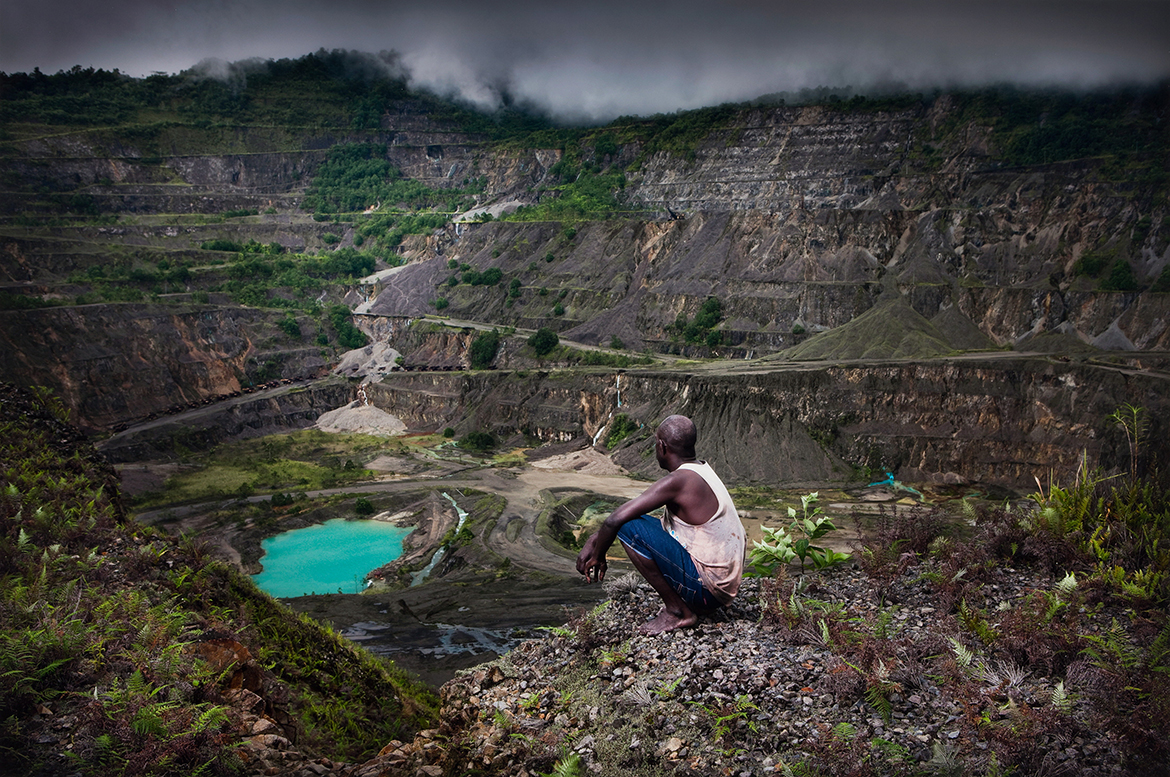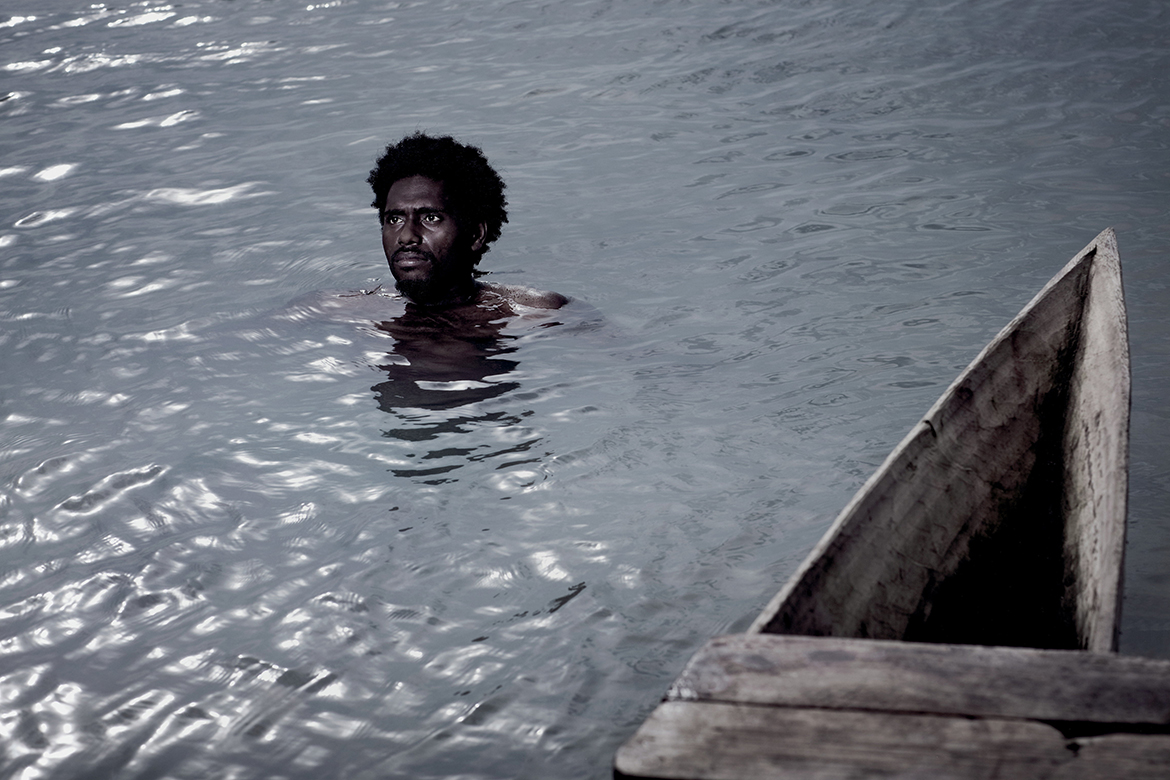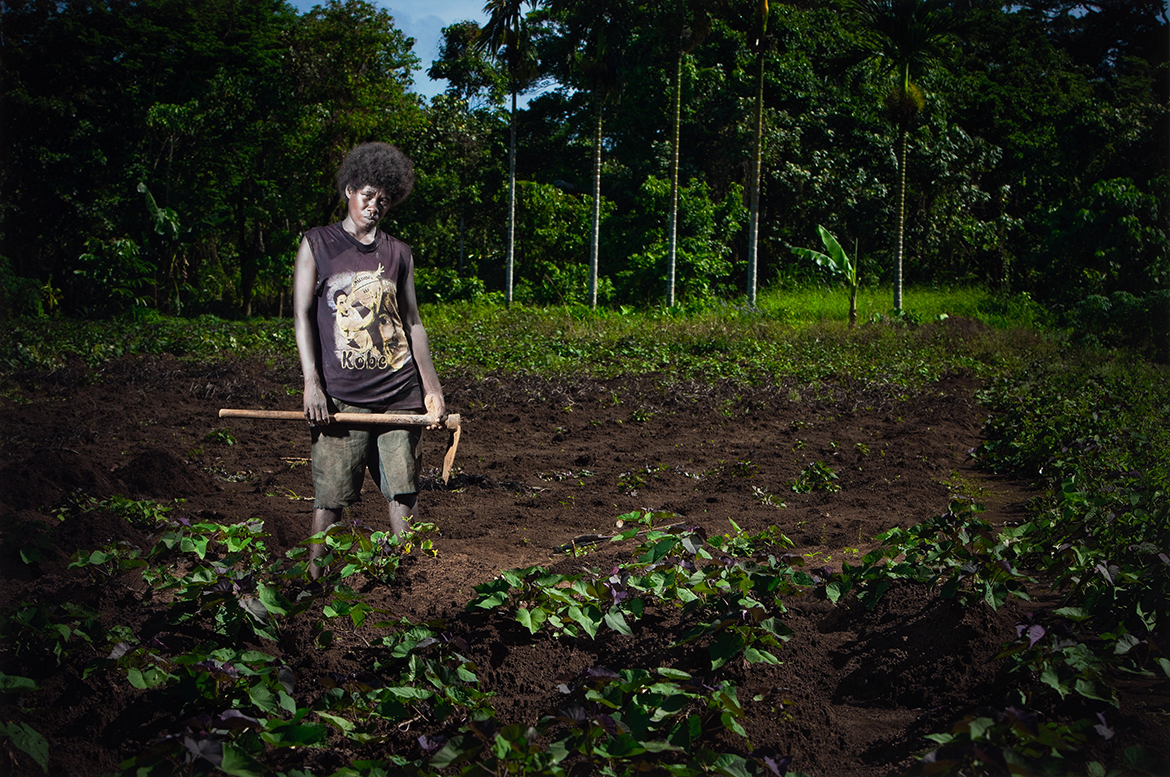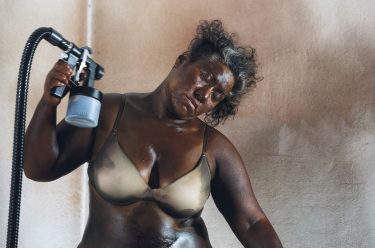The spectre of large mining trucks and overturned earth continues to loom over Bougainville as the elected government of the politically autonomous region looks towards a referendum on Independence, promised as part of the 2001 Bougainville Peace Agreement. The mine has been closed since 1989, and is currently protected by a Mining Act handing control of resources to landowners. Recently, a debate over whether the Mining Act should remain in place, or whether the mine will become a state resource, has resurfaced as Bougainville faces the referendum.
The lucrative Panguna copper mine, the site of the bloody conflict that raged between 1988–2001 lies at the centre of debate: a landscape rich in mineral content and painful memories of loss and despair. For the six Indigenous territories connected to this site, this was once a landscape intimately tied to daily survival. It was the basis of socio-political economies based in matrilineal land systems, as well as a sacred place. At the time of the mine’s construction, the matrilineal owners of these customary lands squatted and chained themselves and their children to the trucks in protest. Two decades later, Sami resumes the pose, defiantly facing the jaws of a giant earth-moving truck.
‘Russel and the Panguna Mine’ 2009

‘Jedi and the Mona’ 2009

‘Veronica working the gardens, Buka’ 2011

‘Mathew in the blue corner, Buka’ 2011

Taloi Havini and Stuart Miller’s photographs respond to the history and culture of Bougainville where Havini was born. As a descendant of the Hakö people, Havini’s ‘Blood generation’ portraits show the deep connection to land that her people have, despite the ravages of open-cut mining and over ten years of civil war (1988–2000). The portraits of Buka youth feature and are dedicated to a group of young people who were born during the bloody Bougainville conflict and who have since been named by their elders as the ‘blood generation’. The photographs are taken in the environments surrounding Bougainville, including the devastated landscape around the open-cut Panguna mine.
Havini’s portraits assert strength and cultural resilience, and were created as talks resume around reopening the mine. Naming her subjects and rendering her portraits in crystalline detail, Havini draws attention to their individuality, their shared experiences of loss, and their intimate relationship to the landscape. Russel squats on the very top edge of the Panguna landscape once owned by six different indigenous groups, looking reflectively across its now empty, terraced expanse. Sami – like her forebears – stands in the same landscape, a small yet resistant presence beside an enormous mining truck. Veronica pauses from hoeing their families’ subsistence garden, the centre of her people’s kinship systems.
Watch | Panel discussion exploring themes of politics & representation
#QAGOMA


I am a International Affairs student at the Northern Arizona University. Currently I am working on an extensive project on Bougainville and the copper industry there, I am in awe at how deep the “blood generation” series depicts the relationship the people have had with the industrial seizure of their home. I would love to be in contact with the artists (Stuart Miller and Taloi Havini)
Hi Chloe. Thanks for making contact. We will pass your request to our curatorial team. Regards QAGOMA